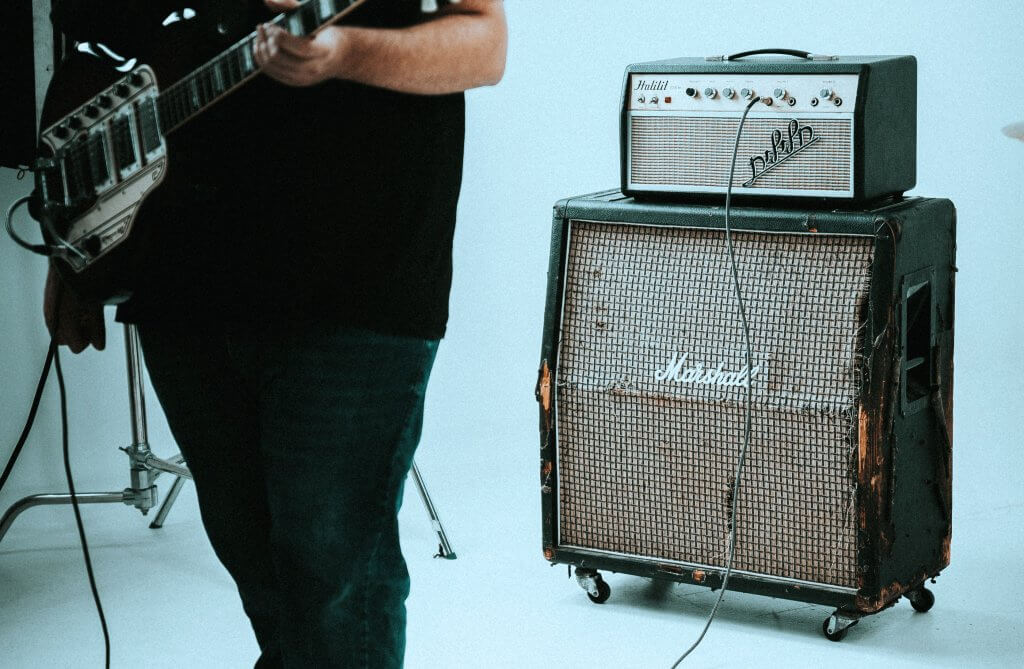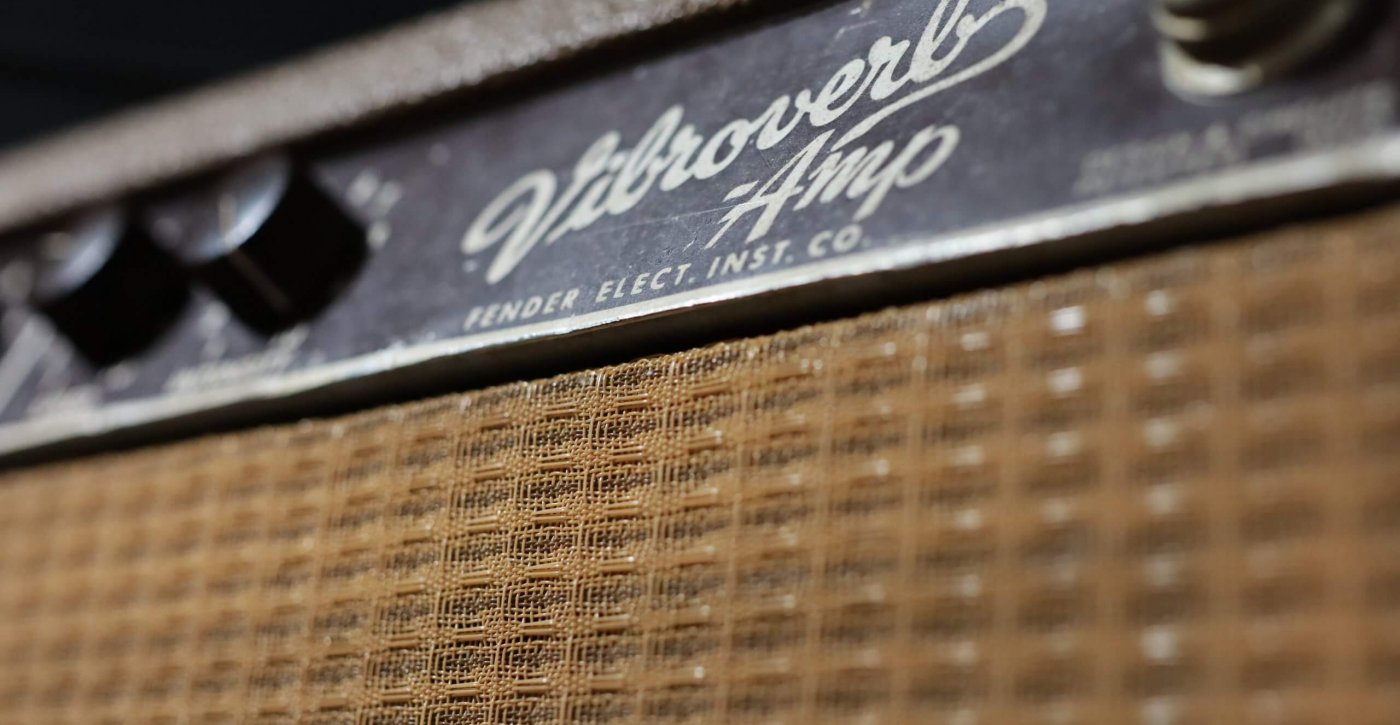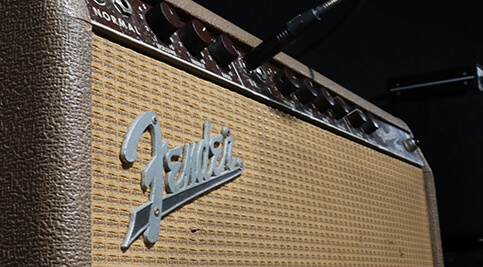While sound is largely subjective, we have the benefit of decades of listening, experience and a collective consensus about what constitutes “good” in regards to guitar sound.
Vintage tube amps will always have a special place in guitarists’ hearts; even though sound beauty is in the ear of the beholder, there are just some amps that have stood out among professionals, superstars and hobbyists alike as the best vintage tube amps for guitar.
If you’re looking for the absolute best (in ours and many others’ opinion) in sound, a vintage tube guitar amp is the right choice. Nothing sounds as warm as a good NOS tube. That being said, if you don’t want to carry around a heavy amp to every gig with you, it might be wise to consider a different kind of amp that’s a bit more travel-friendly.

The Marshall 1950 Super Lead is a very important part of rock history: It was played by Clapton, Hendrix, Pete Townsend and so many others.
The Marshall JCM800, which was first released in 1981, has been a favorite of harder rock/metal players, like Slash and Tom Morello.
A sometimes-forgotten-about vintage tube amp, Hiwatt made a few amazing — and historically significant — amps. The DR103 was the favorite amp of David Gilmour and Pete Townsend, the Moody Blues, Rolling Stones and others.
The Hiwatt Lead CS-30 is another stellar example of Hiwatt’s ’80s lineup of tube amps, but can be a tough one to find in great condition.

Fender’s Twin Reverb amps have pretty much been the consistent standard for players who want that warm, clean tube amp sound. Specifically, the Twin Reverb amps that were made between 1965 and 1967 are particularly sought after, and were a favorite of Stevie Ray Vaughan. These amps are also from the pre-CBS Fender corporate buyout, which is still regarded as a significant turning point in quality for the amps.
If you really, truly need the best tone possible and can’t settle for the watered-down, digitized version of a tube amp, then go with a real tube amp. Most pros use tube amps because they need that sound.
If you’re just staring out, it’s probably okay to test out a few solid state amps first before making up your mind. But once you’ve been playing guitar for a while and try out a tube amp, there’s really no going back.
Tube amps do require some maintenance, but if you can afford it and have the time to dedicate to honing your best guitar sound, it’s absolutely worth it.
